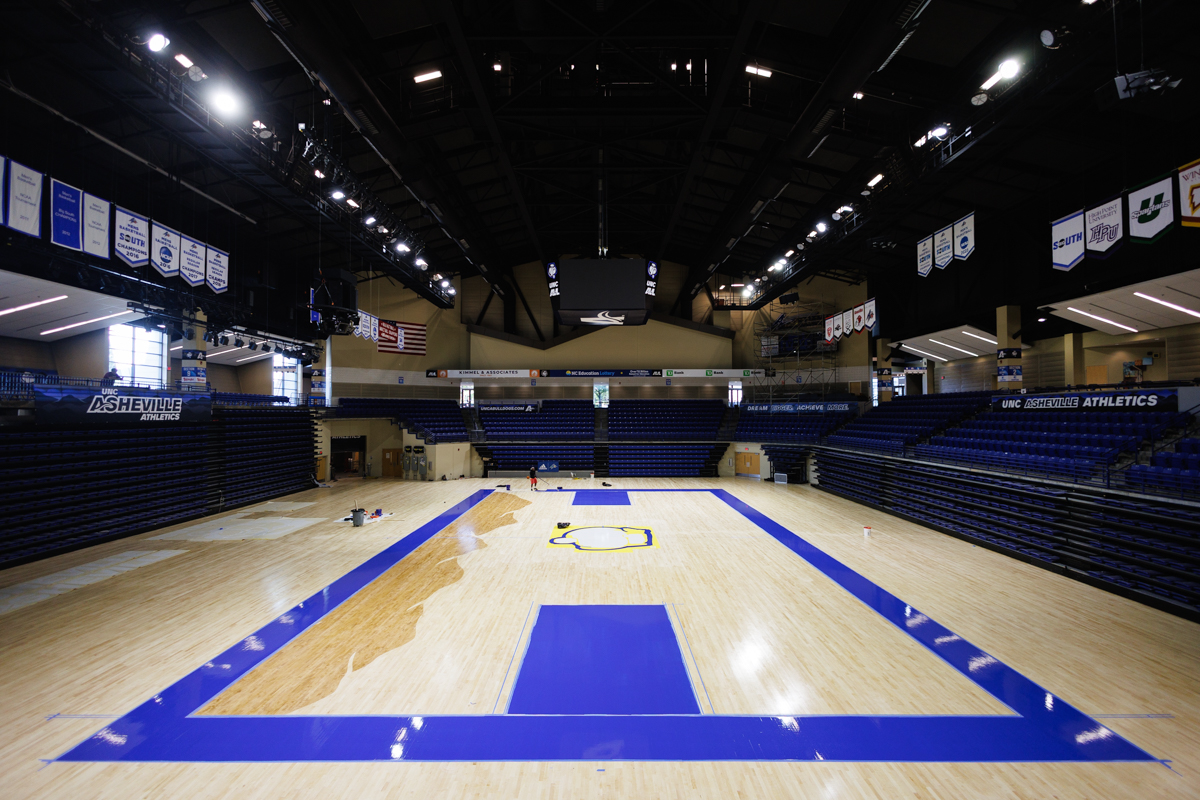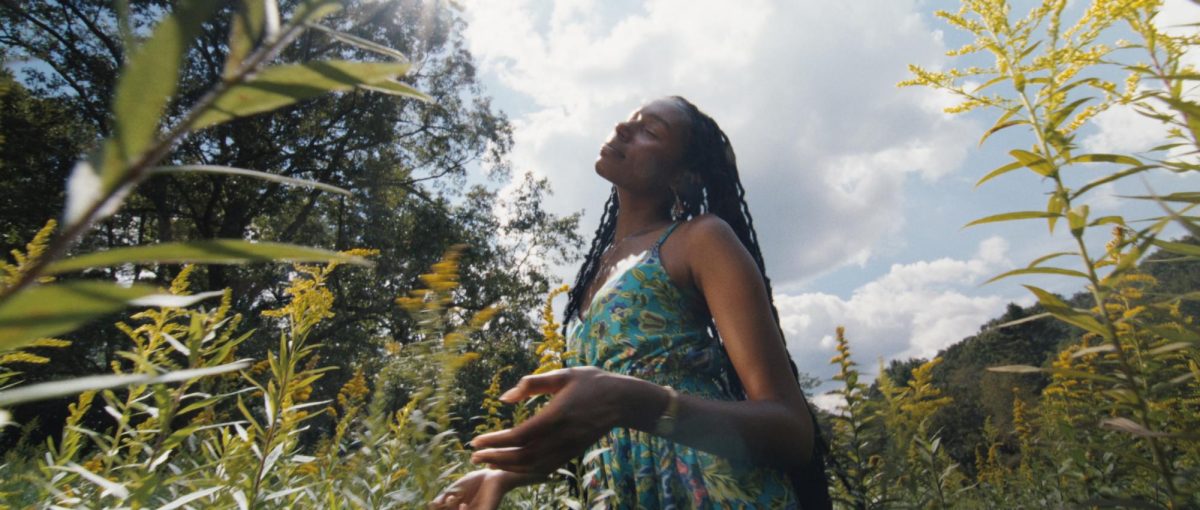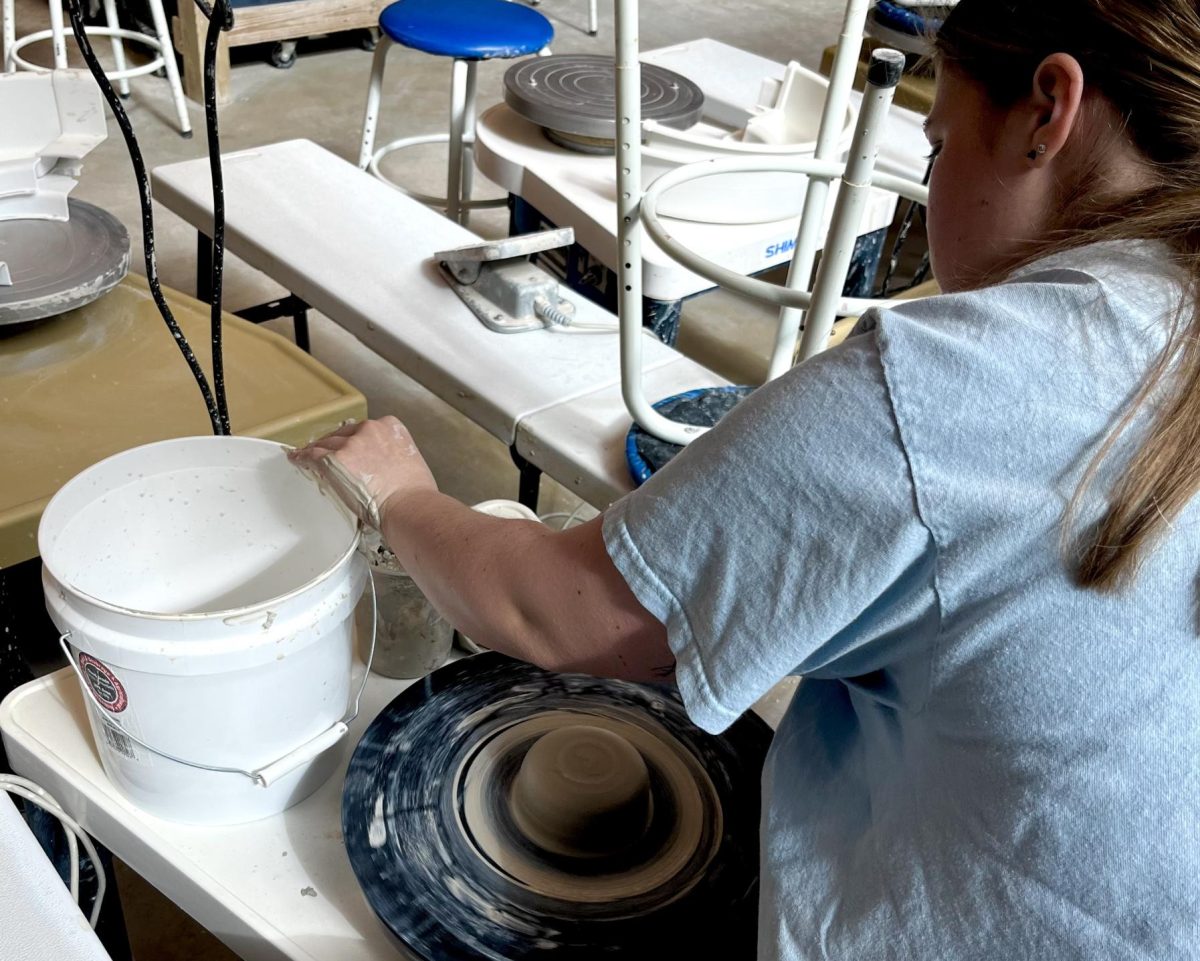Staff and volunteers at the Asheville Botanical Gardens spent the months following Hurricane Helene moving and repurposing fallen trees to prepare for a safe reopening.
“The trails were completely blocked at the beginning of the storm, and we’ve been able to open up almost all of the trails and make it passable, at least for our staff. We’re just trying to get it safe for the public again,” said Kaita Collier, operations manager of the Asheville Botanical Gardens.
Collier said she is hopeful to reopen the gardens on Dec 6 once hazardous trees are removed.
“We have remained closed until now because we have a lot of leaning trees and trees that have dangling limbs,” Collier said. “We just hired Asheville Arborists who are scheduled for Dec 4, that’s all weather dependent but they will be able to remove all those hazard trees.”
The gardens faced high water but no flooding and roughly 45 fallen trees. The structures on the property faced minimal damage.
“One tree put a few punctures in the roof of the cabin at the back of the property and some power lines came down, but our visitor center was fine, all of our sheds where we keep tools and things are fine. We really lucked out for the fact of how many trees fell down,” Collier said.
Staff and community members aim to repurpose the fallen wood on the property. The wood was gathered for firewood, baskets and used to make planks for benches.
“We have a lot of upturned root balls in the garden and we’re planning on leaving all of them, mostly for environmental purposes, to let the wood rot in place,” Collier said. “We’re trying to balance how much wood we can leave in the garden for environmental purposes with how visually appealing we want the garden to be.”
One of the fallen trees was the Sycamore in the center of the grassy area of the gardens known as the ‘Sycamore meadow.’ Its root ball, the mass of roots at the base, was upturned and stands roughly 20 feet high, while its top lies in the gardens’ stream, forming a log jam. Collier said she estimates the tree is over 60 years old.
“When we get arborists in here they will cut it and we’ll count the rings,” Collier said. “The entire botanical gardens were created 65 years ago and at that time, just from old pictures, it was basically a wide-open field but there were a few trees on the property.”
The root ball and a portion of the tree’s trunk will remain in the gardens.
“Partially for environmental reasons, it’s better to let the wood rot in place. We think it’s kind of really amazing to look at that root ball structure and to see how it will change over time,” Collier said.
Students and faculty in UNC Asheville’s environmental studies program said the botanical gardens are beneficial to environmental education.
“For almost every environmental class I’ve had, if not all of them, at some point we’ve done something in the botans, whether it’s the geology, the stream ecology, identifying trees and different plants,” said Albert Pallasch, senior environmental studies major at UNCA.
Pallasch said fallen trees will create learning opportunities for environmental studies students.
“A root ball or a downed tree provides a different kind of habitat for certain species that can help boost an ecosystem,” Pallasch said. “It kind of keeps the food chain and health of the ecosystem in a good balance.”
Professor of environmental science David Gillette said the gardens create environmental career opportunities for UNCA students.
“We’ve had several students who’ve gotten internships at the botanical gardens so it’s given them an opportunity to learn about managing a botanical garden and managing this sort of park,” Gillette said.
Gillette said he takes his fish ecology and stream ecology classes to the gardens to study species in the stream.
“It’s right next to the road so it’s not pristine by any means but it’s a small protected Appalachian ecosystem that we can study, albeit in an urban setting,” Gillette said.



















